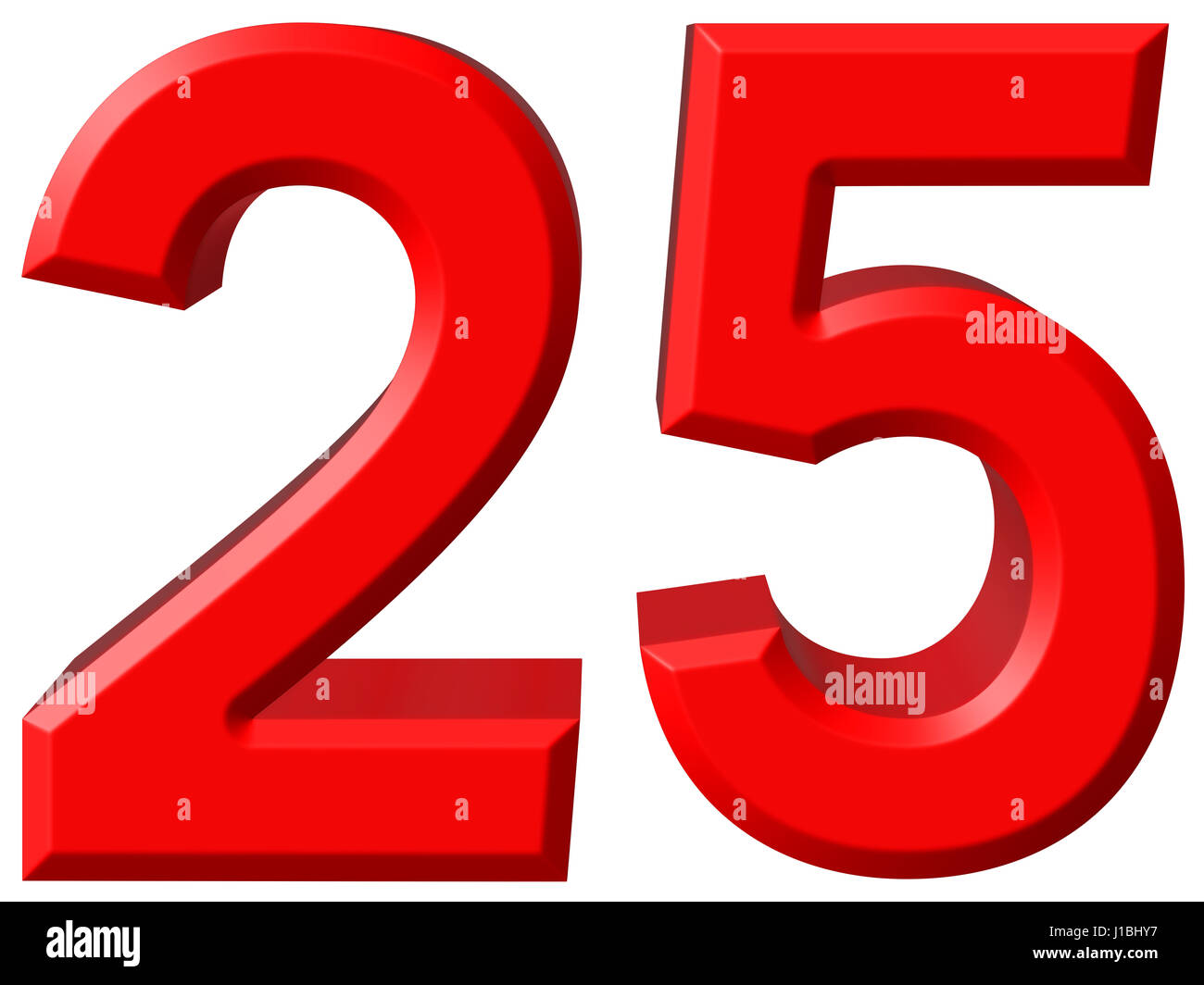25 15 - Exploring Numbers And Meanings
Sometimes, numbers just pop up in our lives in the most unexpected ways, don't they? It's almost as if they're little clues, hinting at something bigger or perhaps just showing us a simple truth. We see them everywhere, from the quick calculations we do in our heads to the deeper stories they help to tell, often without us even realizing it at first glance. These figures, you know, they can be a starting point for all sorts of interesting thoughts and connections, linking things that might seem quite separate.
Today, we are going to spend a little time looking at a pair of numbers that, when brought together, can spark a whole lot of different ideas. We're talking about twenty-five and fifteen, a combination that might initially just make you think of basic arithmetic. But, actually, there's quite a bit more to these two figures than just adding or multiplying them. They show up in various situations, from everyday calculations to much older tales and even some more modern considerations.
So, what happens when we consider "25 15" in its many forms? It's really rather interesting how these two simple numerical expressions can open up discussions about mathematics, old wisdom, and even how we think about things like value or what something is worth. We'll explore some of these different angles, seeing how this particular pairing comes into play in a few distinct areas, offering a chance to see the world, in a way, through a numerical lens.
Table of Contents
- The Simple Math of 25 and 15
- Beyond Basic Arithmetic - 25 15 in Different Ways
- More Than Just Figures - The Idea of 25 15
- A Final Thought on 25 15
The Simple Math of 25 and 15
When we first think about numbers like twenty-five and fifteen, our minds often go straight to the basic ways we can put them together. It’s pretty natural, really, to consider what happens when you add them up or multiply them. These fundamental operations are, in a way, the building blocks of how we make sense of quantities and figures in our daily routines. We use these simple calculations all the time, often without even pausing to think about them.
So, it’s worth taking a moment to look at how these two specific numbers interact in these straightforward mathematical scenarios. The outcomes are clear and definite, providing a solid starting point for any discussion that involves these figures. It’s a bit like knowing the rules of a game before you start playing; you need to understand the basic moves before you can appreciate the more involved strategies.
What happens when you combine 25 15?
Let's consider the very direct question of what happens when you bring twenty-five and fifteen together through multiplication. If you take the number twenty-five and, well, multiply it by fifteen, you'll find yourself with three hundred seventy-five. It's a pretty straightforward calculation, actually, that gives us a clear product when these two figures come together. This kind of operation is something we learn early on, and it has so many practical uses in everyday life, from figuring out costs to calculating areas.
- Manor College
- Culvers Flavor Of The Day Near Me
- Studio Movie Grill Bakersfield
- Joe Meyer Ford Dealership
- Scape Park
Then there's the simpler act of joining them through addition. We can also express that fifteen plus twenty-five makes forty, a sum that feels quite familiar to many of us. This particular combination of "15 plus 25" reaching "40" is something that often comes up in quick mental arithmetic, perhaps when you're counting items or totaling up small amounts. It's just a basic way of seeing how numbers accumulate, you know, one after the other.
People often ask, "What is 15 plus 25?" and the answer is consistently forty. It's a simple truth in the world of numbers, a fixed point that doesn't change. This direct sum is something that can be found out quite easily, whether you're using your fingers, a piece of paper, or just doing it in your head. It’s rather foundational to how we understand numerical values and their simple relationships.
Figuring out parts of 25 15
Beyond just adding or multiplying, sometimes we need to break numbers down or see what a portion of a number might be. This is where percentages come into play, offering a way to talk about parts of a whole in a standardized manner. It’s a very useful tool for understanding proportions, whether you're looking at discounts in a shop or trying to grasp survey results.
For example, if you want to figure out what 25 percent of 15 might be, the answer turns out to be 3.75. This particular calculation shows us a smaller portion of the original number, helping us to understand its value in a different light. It's a practical application of percentages, giving us a precise figure that represents a quarter of fifteen.
To get to this result, you can think of it like this: if 15 represents the whole, or 100 percent, then we want to find out what amount corresponds to just 25 percent of that. So, our fraction would look something like 25 over 100, multiplied by 15. This method, you see, helps us to systematically work out these kinds of proportional values, making them much clearer.
A quick look at 25 15 and percentages
When we consider percentages, it’s really about proportions. Taking 25 percent of 15 is a straightforward way to grasp a quarter of that number. This concept is useful for figuring out, say, how much tax you might pay on an item, or how much of a discount you are getting. It's a common calculation that people come across in their daily routines, making sense of price reductions or increases.
The idea is to think of the total as a complete whole, and then consider what a specific portion of that whole would be. In this instance, 25 percent is a quarter, so you're essentially finding a fourth of the number 15. This kind of thinking helps simplify many numerical situations, allowing us to quickly estimate or calculate values. It’s a pretty fundamental skill, to be honest, for dealing with figures.
Beyond Basic Arithmetic - 25 15 in Different Ways
Numbers, you know, aren't just for adding and subtracting. They have a deeper role in helping us understand patterns and variations in the world around us. Sometimes, the way numbers spread out or cluster together can tell us a lot more than just their individual values. This is where we start to look at concepts that go a bit beyond simple sums, getting into how data behaves.
It’s a different way of thinking about numbers, where the relationship between them, rather than just their face value, becomes the focus. This can be quite useful for making sense of groups of figures, whether you're looking at test scores or, perhaps, the consistency of a manufacturing process. It helps us see the bigger picture, so to speak, in a collection of information.
How does variance relate to 25 15?
When we talk about variance, it's a way of seeing how spread out a bunch of numbers are. It's almost like taking each number, squaring it, finding the average of those squared results, and then, you know, taking away the square of the overall average. It sounds a bit involved, but it gives us a real sense of how much things wiggle around from the middle point. This concept is pretty important in fields like statistics, helping people understand how much individual pieces of information differ from the typical value.
While the source text doesn't directly apply 25 or 15 to a variance calculation, the mention of variance reminds us that numbers can be used for more than just straightforward sums. It's about understanding the distribution of figures, which could, in theory, involve numbers like 25 and 15 as data points within a larger set. It’s a way of measuring consistency, or the lack of it, which is rather useful in many different areas where data is collected and analyzed.
Looking at sharing 25 15
Sometimes, numbers come into play when we think about dividing things up. If you have a total of 25 and you're looking to share it among groups of 15, there will be a specific result, of course, with some left over. The quotient and remainder of 25 divided by 15 shows us that it goes in one full time, with a remainder of ten. This is a simple way of thinking about how many full groups you can make and what's left behind.
This kind of division also has a decimal result, which is about 1.666 and so on, and a percentage, which would be around 166.6 percent. These figures help to give a more complete picture of how 25 relates to 15 when one is divided by the other. It’s quite useful, for instance, when you're trying to figure out how many full items you can get from a certain amount of material, or how much one quantity represents in relation to another.
It’s a basic concept, yet it applies to many situations where resources are being distributed or where we need to understand ratios. Whether you're cutting fabric for a project or splitting a budget, knowing how to handle remainders and decimal portions is pretty helpful, giving a clearer picture of what you have and how it can be used.
More Than Just Figures - The Idea of 25 15
Numbers, you see, aren't always just about cold calculations. Sometimes, they carry a deeper meaning, appearing in stories or old texts that have been passed down through generations. It’s really quite interesting how certain numbers seem to recur, taking on a symbolic weight beyond their simple numerical value. This can make us think about what these figures might represent in a broader sense, connecting them to ideas that are much older than modern math.
This aspect of numbers reminds us that human beings have always used them not just for counting, but also for storytelling and conveying important lessons. It's a different kind of relationship with numbers, one that speaks to our shared history and the ways we try to make sense of the world through narratives.
Can 25 15 connect to old stories?
It turns out that the number 25, in particular, has a significant place in some very old and meaningful stories. Matthew 25, for instance, is a chapter that is rather full of teachings and parables, or stories with a moral, from Jesus. Before we get into the well-known story of the talents, there's also the story of the ten virgins, which is quite thought-provoking. These parables are meant to teach us about readiness and responsibility, using everyday situations to illustrate deeper truths.
The story of the talents itself talks about a master giving different amounts to his servants: one gets five, another two, and a third gets just one. What's interesting is that even though the gifts are different in size, the same kind of faithfulness is expected from everyone, and everyone who is faithful gets a similar good outcome. This tale, you know, really focuses on how we use what we've been given, no matter how much or how little it seems to be. It's about making the most of your abilities.
The mention of "talents" also brings up an older meaning of the word. A talent of silver, for example, was an old unit of weight and money. Taking silver as being worth a little over five shillings an ounce back then, a talent was nearly worth four hundred pounds in what we would consider our money. This historical context shows us how the word "talents" came to mean not just a unit of currency, but also a person's natural abilities or gifts, which is pretty neat.
What about other mentions of 25 15?
Sometimes, numbers like 25 and 15 appear in less formal settings, like in online discussions or when people are just sharing their thoughts. For instance, someone might say, "Hello, all. I'm a new user of the forum," and then express concern about spending a certain amount on something, perhaps a gun, because of a specific feature like an action lock. This kind of comment, you see, reflects real-world considerations people have when making purchases, especially for items that carry a significant cost or have particular mechanisms.
This kind of discussion is about the practical side of things, where people weigh the value of an item against its price and any perceived drawbacks. It's about consumer confidence and, well, what others think of a product. The idea of a "low price guarantee" also comes up, showing that businesses often try to assure customers they're getting a good deal, striving to offer the lowest everyday prices. This is pretty common in retail, trying to attract buyers with competitive offers.
Then there are also moments when people simply want to know what others think about something new, perhaps a "new classic take on" something. This shows a desire for community opinion and shared experiences, which is a very human thing. It's about gathering different viewpoints before forming one's own, which can be quite helpful when faced with choices or novel ideas.
A Final Thought on 25 15
So, as we've seen, the numbers 25 and 15, while simple in themselves, can lead us down many different paths. They appear in basic arithmetic, giving us clear answers to sums and products, and also in more involved mathematical concepts like variance, which helps us understand data spread. Beyond the purely numerical, these figures also connect to profound stories and teachings from old texts, like those found in Matthew 25, where "talents" represent both money and personal gifts. We also find them popping up in everyday conversations, from consumer worries about purchases to general inquiries about new ideas. The journey through these varied mentions of 25 and 15 really shows how numbers are more than just figures; they are threads woven through our daily lives, our history, and even our deeper thoughts about what we value and how we interact with the world around us.

Gold number 25 Twenty five shiny 3d number 25 made of gold 3d

Numeral 25, twenty five, isolated on white background, 3d render Stock

3d illustration of red number 25 or Twenty Five inner shadow 22892275 PNG